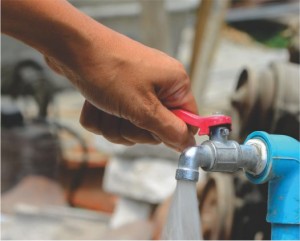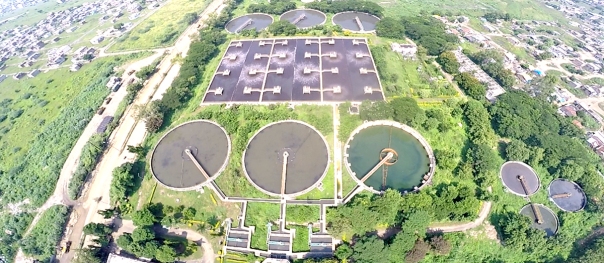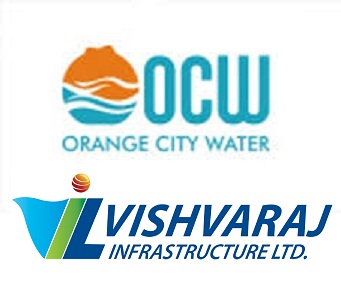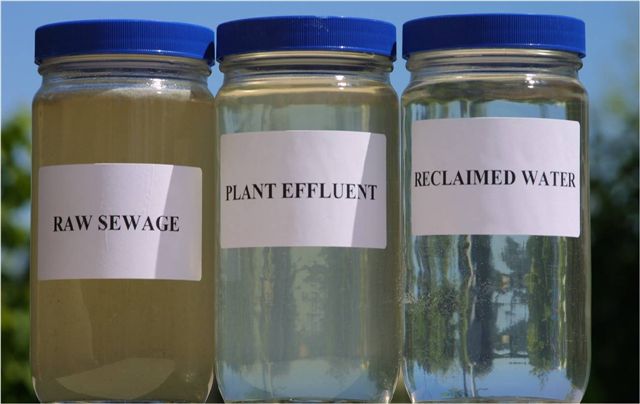A company that is truly ahead of its time, it needs a man who will take the company there. Mr. Arun Lakhani, chairman and managing director of Vishvaraj Infrastructure Limited (VIL) has had such a vision.
In his own words, his vision for VIL India is
“Making positive changes to the lives of individuals, society and environment at large, by creating a socially responsible enterprise”.
A positive alteration is seen not only through the leadership but also one which is clearly visible with their works is depicted from its varied water project portfolio. Mr. Arun Lakhani pursues water projects, as he realise by its very nature such projects will have a far greater social impact.
In the water sector VIL is proposing a unique win-win model which will create great value to stakeholders, governments and locals by eliminating any forms of inefficiencies from the current system. Our greatest fear in relation to water management is not inefficiencies rather the resource’s very scarcity.
His vision has seen to the execution and creation of innovation system solutions to bring about better water and waste water management. Over the years, VIL is trying to address some of these issues by creating water value chains across the user groups. One of its major goals is to create cities that can receive water around the clock.
Going forward Vishvaraj Pvt Ltd. will thrive on waste water reuse and urban efficiency improvement projects similar to Nagpur, Magadi, Bidar, Basavakalyan, Shahabad and Yadgir. VIL, a leader in Urban Water reforms in India through has always looked to find ways of improving the livelihood of cities.
The project has been awarded including Nagpur 24×7 project was recognized with “Best Water Practices” award by the Prime Minister Narandra Modi during inauguration of Smart City program. Arun Lakhani’s company has received global “Water deal of the year” award by GWI, London and also recognition from IFC, Washington DC, as “Top 10 emerging PPP projects in Asia Pacific” region for Nagpur project.
An indication of its attitude towards the industries is its recognition by many in the field. The firm won two major awards in the sector at the recent World Water Leadership Congress & Awards may play a huge role in the privatisation of water. The company won the prestigious Water Reuse Project of the Year and Mr Arun Lakhani, VIL’s chairman and managing director won the award for Outstanding Contribution to Water.
It sees great potential for reuse of treated waste water and in the process not only addresses urban treatment issue but also creates additional fresh water by way of diverting fresh water reservation of industries to urban users and agriculture.
As said, for a company to truly be ahead of its time, it needs a man who will take them there and Mr Arun Lakhani is reaching them there.


 Nagpur’s smart water management is an example for other cities across India. The first city to take the lead is Nagpur, Maharashtra. Now included in the smart cities list, it has inhabitants of over 2.5 million people and is the first city of its size in the nation to outsource water supply to a private operator under the
Nagpur’s smart water management is an example for other cities across India. The first city to take the lead is Nagpur, Maharashtra. Now included in the smart cities list, it has inhabitants of over 2.5 million people and is the first city of its size in the nation to outsource water supply to a private operator under the 